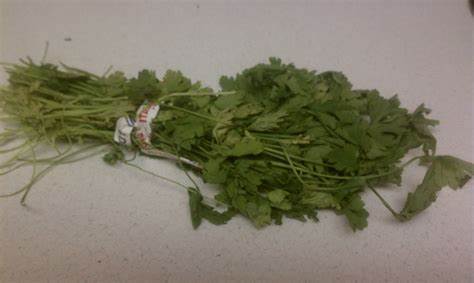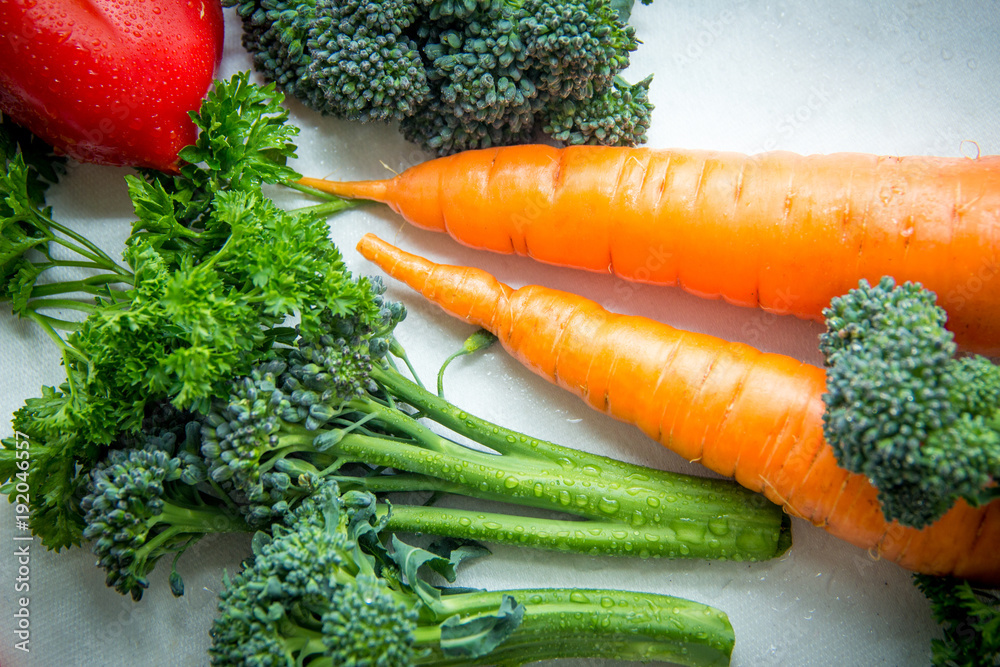Refreshing your produce s going to save you money. Gino Moretti here, owner of a seasonal farmer’s market. We all know fresh herbs and produce are crucial in the kitchen. But what if they’ve lost their crispness? Don’t fret! You can rejuvenate these kitchen staples with a few easy steps.
Understanding the Rehydration Process
It costs me money to throw away product. My staff is trained to rehydrate before tossing it. Fresh basil today can cost 3-4 dollars for 2 oz. Crazy, I know. Rehydration might sound complicated, but it’s rather simple. The process means to add water back into the dried material. Why is it useful? It’s because when herbs or produce dry out, they lose their freshness. I can’t sell it, and you can’t use it. But through rehydration, they regain it. You can do this at home and get the most out of it.
Hydrating Your Favorite Herbs

Now, let’s say you have dried basil, rosemary, oregano or Italian parsley as pictured. How can you rehydrate these herbs? It’s straightforward, actually.
First, trim them by removing any brownish looking leaves. Next, with a sharp knife, cut the root ends just a little. This will open the ends to absorb water. Place the herbs in a heat-resistant dish. Pour hot, not boiling, water over them. Let the herbs soak in the water for about 15 minutes. This will allow the water to penetrate the herbs. After the time is up, drain the water. You now have fresh, flavorful herbs to use in your cooking!
Revitalizing Produce
As for fruits and vegetables, the process is slightly different. Fruits like apples, peaches, and pears need a soak too. But unlike herbs, they require cold water instead. Fill a bowl with cold water. Add the fruits and let them soak for about 30 minutes.
Vegetables like carrots, celery, and lettuce require a bit longer. Trim the root ends so water can be absorbed. Soak these in cold water for an hour or so. The time can vary, but don’t worry. As long as they regain their firmness, they’re good to go. See also Freezing Your Produce
Best Practices for Rehydration
To ensure the best results, follow these guidelines. Don’t overcrowd the container. The water should be able to flow around all the items. Also, remember that rehydration will not restore rotten or overly dried out produce.
If you’re using your kitchen sink, you must sanitize it first. the-basics-of-cleaning-and-disinfecting-your-kitchen-sink/ The water used for soaking should be clean. If you’re unsure about the water quality, consider using filtered or bottled water. As a last note, remember to adjust the soaking time as per the size and texture of your produce or herbs.
Not Everything
Certain types of produce don’t fare well with rehydration due to their high-water content, delicate structure, or specific cellular makeup. Here are a few examples:
Berries: Most berries, including strawberries, raspberries, and blackberries, don’t rehydrate well. Their cellular structure is delicate and they can become mushy.
Citrus Fruits: Oranges, lemons, limes, and other citrus fruits lose their initial juicy and firm texture when dried and will not rehydrate back to their fresh state.
Melons: Due to their high water content, melons like watermelon, cantaloupe, and honeydew do not rehydrate well. They tend to become too soft and lose their structure.
Remember, each type of produce has a unique composition and reacts differently to the drying and rehydrating processes.
Wrapping Up
Rehydrating herbs and produce is an easy yet effective process. With these simple steps, you can ensure that you’re making the most of your kitchen’s bounty. Buon appetito!
Luigi (Gino) Moretti: Guest Arthor

